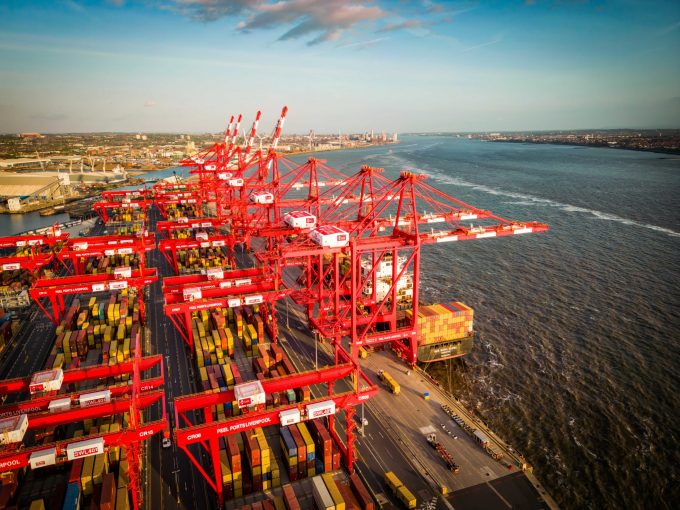GXO claims Wincanton takeover will not hurt UK food retailers
The world’s largest pure-play contract logistics operator (PPCLO), GXO, has argued that its intended acquisition ...

The retail sector powers the British economy, driving employment, GDP growth, and consumer spending forward. Accounting for 5% of the nation’s economic output, it contributes £98bn in Gross Value Added and employs approximately three million people.[i]
Key to its success is its heartbeat – the supply chain. But the movement of goods from manufacturers to consumers is being hampered by various vulnerabilities, from Covid shutting down container terminals in Asia, to drought in the Panama Canal and now most recently, vessel ...
USTR fees will lead to 'complete destabilisation' of container shipping alliances
Outlook for container shipping 'more uncertain now than at the onset of Covid'
Flexport lawsuit an 'undifferentiated mass of gibberish', claims Freightmate
Shippers warned: don't under-value US exports to avoid tariffs – 'CBP will catch you'
Cancelled voyages take the sting out of spot rate declines this week
New Houthi warning to shipping as rebel group targets specific companies


Comment on this article
Robert Windsor
April 15, 2024 at 2:24 pmThis article although sensible in many ways ignores the fundamental fact it is shipping lines who determine where vessels call. and the southern ports are closer than norther ports to the main trade lanes feeding the EU, which is a far bigger market than the UK